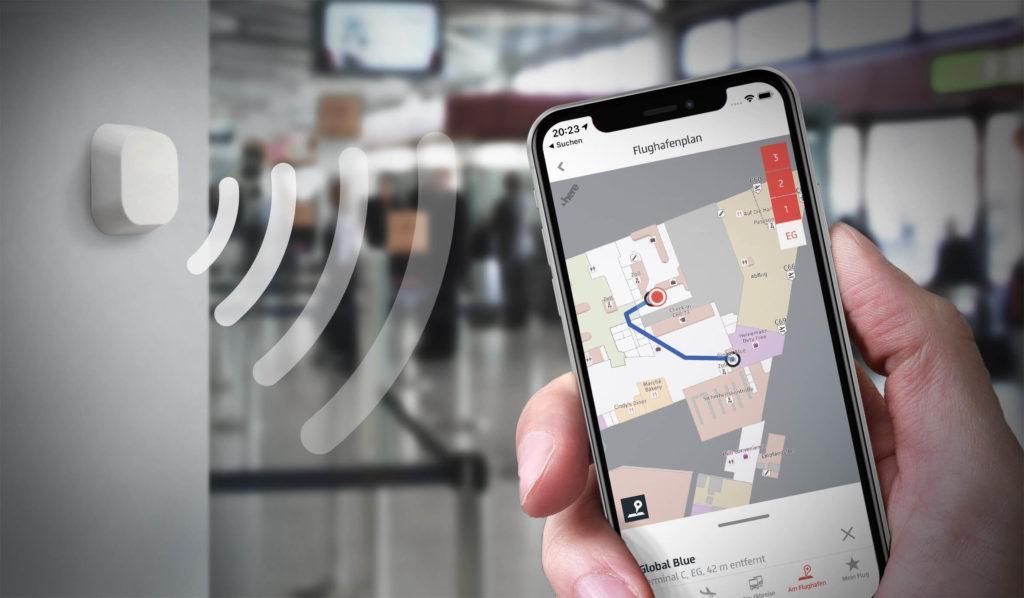The Digital Compass: Top US Indoor Positioning Market Trends

The evolution of the US Indoor Positioning Navigation System Market Trends points towards a future of hyper-accurate, intelligent, and seamlessly integrated location services. As the market charges towards its forecasted USD 206.98 billion valuation by 2035, its growth is being shaped by several key technological and strategic shifts. This phenomenal journey, marked by a 34.65% CAGR, is moving beyond simple "blue dot" mapping and towards predictive, context-aware systems. The most influential trends currently shaping the industry include the fusion of AI and machine learning with positioning algorithms, the rise of Visual Positioning Systems (VPS), and a growing emphasis on creating a unified, seamless navigation experience that transitions effortlessly from the outdoors to the indoors.
One of the most significant trends is the deep integration of Artificial Intelligence (AI) and Machine Learning (ML). AI algorithms are being used to enhance positioning accuracy by learning and compensating for environmental factors that can interfere with radio signals, such as multipath reflection. Machine learning models are also being deployed to analyze movement patterns and provide predictive analytics. For instance, a system can learn typical traffic flows in a retail store and predict future congestion, allowing managers to proactively adjust staffing. This trend is shifting IPS from a reactive tool that shows current location to a proactive intelligence platform that can anticipate future events and recommend optimal actions.
Another major trend is the emergence of Visual Positioning Systems (VPS) and V-SLAM (Visual Simultaneous Localization and Mapping) technology. Instead of relying solely on radio signals, these systems use a device's camera to recognize features in the environment—such as signs, storefronts, or architectural details—and compare them to a pre-built visual map to determine a precise location and orientation. This technology is particularly powerful for enabling augmented reality (AR) wayfinding, where digital directions can be overlaid directly onto the real-world view. As smartphone cameras become more sophisticated and processing power increases, VPS is becoming a key component of next-generation indoor navigation, offering a highly intuitive and visually rich user experience.
Finally, there is a strong push towards achieving seamless indoor-outdoor navigation. Users do not want to switch between different applications like Google Maps for outdoor directions and a venue-specific app for indoor navigation. The trend is towards integrated solutions that can smoothly transition from GPS-based navigation outdoors to a multi-technology IPS indoors, all within a single application. This requires a high degree of interoperability and standardization, and major platform providers are investing heavily to solve this challenge. Achieving this unified experience is considered a key step in making indoor navigation as ubiquitous and effortless as its outdoor counterpart, which will unlock its full potential for mainstream consumer adoption and drive the next wave of market growth.
Explore Our Latest Trending Reports:
- Monuments historiques
- Restaurant Traditionnel
- التعليم
- Mode
- Formation
- Information
- Restaurant
- culture
- تسويق
- Tourisme
- سياحة
- تنمية
- Découverte
- Art
- Causes
- Crafts
- Dance
- Drinks
- Film
- Fitness
- Food
- الألعاب
- Gardening
- Health
- الرئيسية
- Literature
- Music
- Networking
- أخرى
- Party
- Religion
- Shopping
- Sports
- Theater
- Wellness


